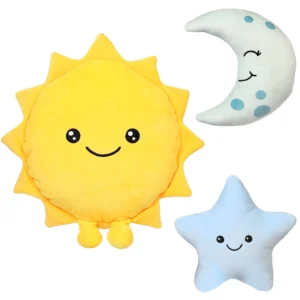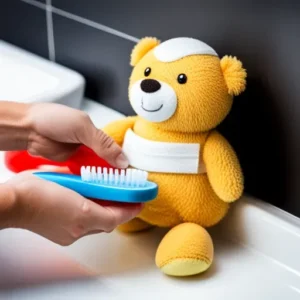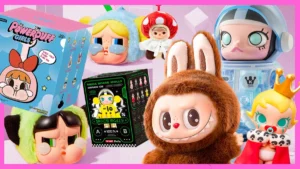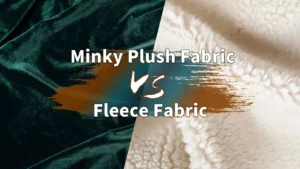When you hug your favorite plush toy, have you ever wondered what’s inside that makes it so soft, cuddly, and comforting? The stuffing inside plush toys is more than just fluff—it defines the toy’s feel, safety, durability, and even its environmental impact. Understanding what plush toys are stuffed with can transform how you select, design, or manufacture these beloved companions.
In summary, plush toys are typically stuffed with materials like polyester fiberfill, foam beads, natural fibers, or recycled stuffing. Each material offers distinct benefits in softness, safety, durability, and sustainability, influencing both consumer satisfaction and production costs.
Imagine a child clutching a teddy bear passed down through generations. Behind that worn but beloved friend lies carefully chosen stuffing that has preserved its shape and softness over years of hugs. This article dives deep into the different stuffing materials used in plush toys, how they impact the product, and what the future holds for more sustainable and safer options. Let’s uncover the hidden world inside your plushie.
1. What Are the Common Types of Stuffing Materials Used in Plush Toys?
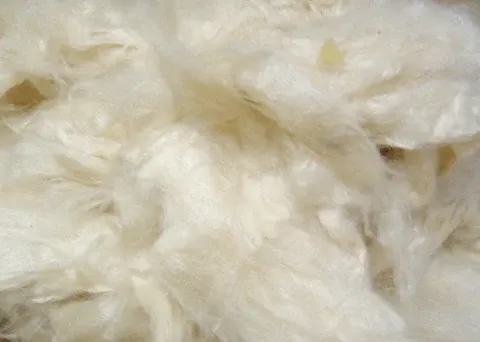
Plush toys are commonly filled with polyester fiberfill, foam beads, cotton, wool, and increasingly, recycled or biodegradable materials—all chosen based on softness, safety, and cost.
Exploring Plush Toy Stuffing Materials
- Polyester Fiberfill: The industry standard for its light weight, softness, and affordability. Polyester fiberfill is synthetic but durable and hypoallergenic, making it ideal for mass production. However, its petroleum base raises environmental concerns.
- Foam Beads and Pellets: These small beads add weight and a beanbag-like feel. Used in sensory or weighted toys, they improve tactile experience but can increase production cost and pose choking risks if not properly contained.
- Natural Fibers (Cotton, Wool): Eco-friendlier and biodegradable options, natural fibers appeal to organic product lines. They provide good softness but can be heavier and less resistant to moisture and pests.
- Recycled Stuffing: Made from repurposed polyester or other fibers, recycled stuffing aligns with sustainability trends. The challenge lies in consistent quality and consumer awareness.
- Innovative Materials: New fillers include buckwheat hulls, kapok, and biodegradable foams, which target niche markets seeking green alternatives.
A 2023 industry survey found 68% of plush manufacturers still prefer polyester fiberfill for cost-effectiveness, while 21% are experimenting with recycled or natural stuffing materials to appeal to eco-conscious consumers.
| Stuffing Material | Description | Advantages | Disadvantages | Market Share (2023 Survey) |
|---|---|---|---|---|
| Polyester Fiberfill | Synthetic, lightweight, soft, affordable, durable, hypoallergenic | Softness, durability, cost | Petroleum-based, environmental concerns | 68% prefer for cost-effectiveness |
| Foam Beads and Pellets | Small beads adding weight and beanbag feel; used in sensory or weighted toys | Improved tactile experience | Higher cost, choking risk if uncontained | Not specified |
| Natural Fibers (Cotton, Wool) | Eco-friendly, biodegradable, good softness | Biodegradable, organic appeal | Heavier, moisture and pest sensitivity | 21% experimenting with natural types |
| Recycled Stuffing | Made from repurposed polyester or other fibers | Sustainability alignment | Quality consistency, consumer awareness | 21% experimenting with recycled types |
| Innovative Materials | Includes buckwheat hulls, kapok, biodegradable foams | Green alternatives, niche market | Limited supply, higher costs | Not specified |
2. Which Stuffing Materials Are Considered Safe and Non-Toxic for Children?
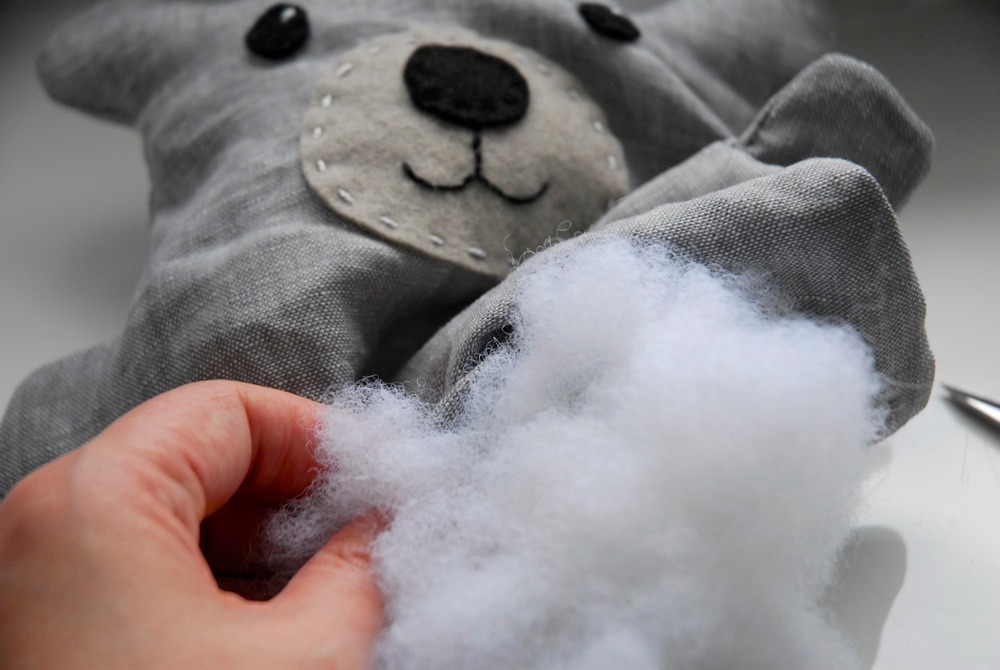
Polyester fiberfill and certified hypoallergenic natural fibers are widely recognized as safe, non-toxic stuffing materials for children’s plush toys.
Safety and Compliance in Plush Toy Stuffing
- Regulatory Standards: Stuffing materials must comply with international safety standards such as ASTM F963, EN71, and CPSIA, which regulate flammability, chemical content, and choking hazards.
- Hypoallergenic Materials: Polyester fiberfill is popular due to its resistance to dust mites and allergens. Some natural fibers are treated or blended to reduce allergenic potential.
- Certification and Testing: Oeko-Tex Standard 100 and GOTS certification ensure stuffing materials are free from harmful chemicals like formaldehyde and heavy metals.
- Risk Factors: Foam beads and pellets can pose ingestion or inhalation risks if the toy casing is compromised. Manufacturers mitigate this by double stitching or encasing beads in secondary linings.
- Emerging Safety Trends: Increasing demand for organic cotton and bamboo stuffing reflects parental preference for chemical-free products.
Safety not only depends on the stuffing material but also on toy design and manufacturing quality controls, which protect children from exposure to hazards.
| Safety Aspect | Description |
|---|---|
| Regulatory Standards | Must comply with ASTM F963, EN71, CPSIA for flammability, chemical safety, and choking hazards |
| Hypoallergenic Materials | Polyester fiberfill resists dust mites/allergens; some natural fibers are treated/blended |
| Certification and Testing | Oeko-Tex Standard 100 & GOTS ensure no harmful chemicals like formaldehyde or heavy metals |
| Risk Factors | Foam beads/pellets risk ingestion/inhalation if casing fails; mitigated by double stitching |
| Emerging Safety Trends | Growing demand for organic cotton and bamboo stuffing for chemical-free products |
| Overall Insight | Safety depends on both stuffing and quality manufacturing/design controls |
3. How Do Different Stuffing Materials Affect the Plush Toy’s Softness, Durability, and Shape Retention?
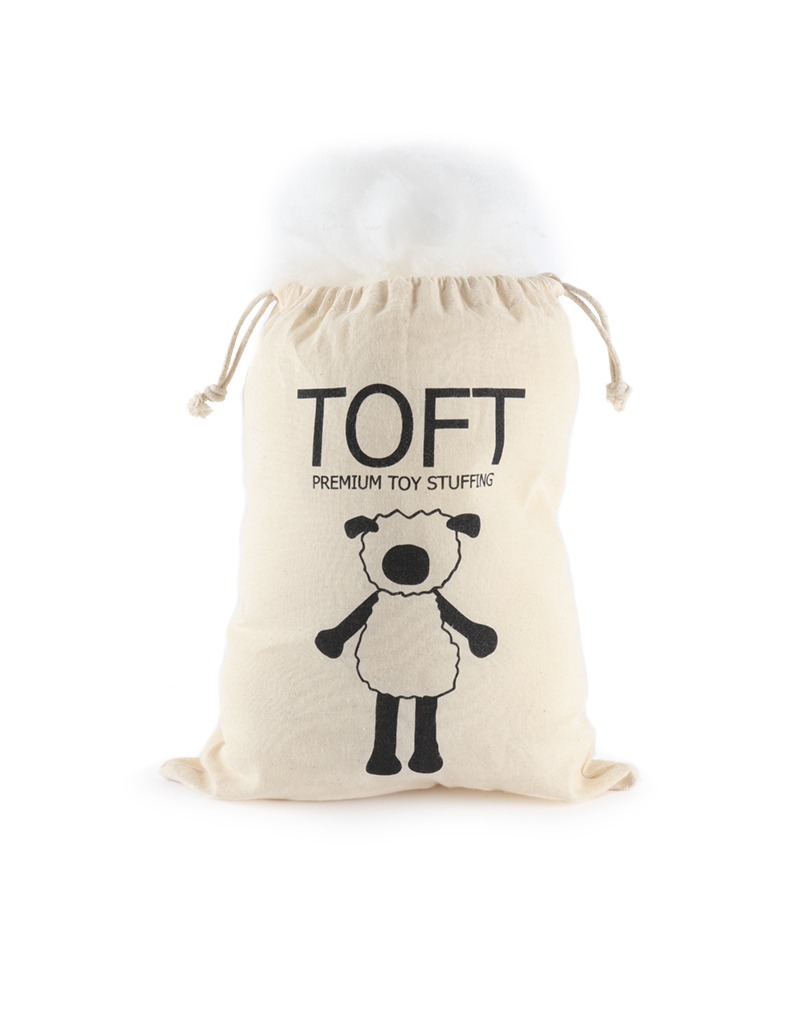
Stuffing type directly influences plush toys’ tactile feel, longevity, and how well they maintain their shape over time.
Impact of Stuffing on Plush Toy Performance
- Softness: Polyester fiberfill offers consistent softness and bounce, ideal for plushies meant to be hugged and squeezed. Natural fibers tend to feel firmer or denser.
- Durability: Synthetic fills resist moisture, mold, and pests better than natural fibers, prolonging toy life especially in humid climates.
- Shape Retention: Foam beads add weight and moldability, helping some toys keep unique shapes. Fiberfill tends to compress with use but can be fluffed again.
- Maintenance: Some stuffing materials are machine washable; others may clump or degrade with washing, impacting consumer satisfaction.
- Hybrid Stuffing: Some plush toys use layered or mixed stuffing to balance softness and firmness, such as fiberfill with foam pellets.
Performance Comparison of Popular Stuffing Materials
| Stuffing Material | Softness | Durability | Shape Retention | Washability | Eco-Friendliness |
|---|---|---|---|---|---|
| Polyester Fiberfill | High | High | Moderate | Machine Wash | Low |
| Foam Beads | Moderate | Moderate | High | Limited | Low |
| Cotton | Moderate | Low | Low | Limited | High |
| Recycled Fiberfill | Moderate | Moderate | Moderate | Machine Wash | High |
4. Are Eco-Friendly and Sustainable Stuffing Alternatives Becoming Popular in Plush Toy Manufacturing?

Yes, sustainable stuffing options such as recycled polyester, organic cotton, and biodegradable fills are growing in popularity amid rising environmental awareness.
Sustainability Trends and Challenges in Stuffing
- Consumer Demand: Modern buyers increasingly prioritize eco-conscious products, pushing manufacturers to seek greener stuffing options.
- Material Innovations: Biodegradable foams, kapok fiber, and buckwheat hulls offer natural alternatives but face cost and supply challenges.
- Recycled Polyester: Using recycled PET bottles to make fiberfill reduces waste and carbon footprint, though quality control is critical.
- Supply Chain Considerations: Sourcing sustainable stuffing involves verifying certifications, supply consistency, and potential price premiums.
- Trade-Offs: Eco-friendly materials can be heavier or less durable, requiring design adjustments and consumer education on product lifespan.
While sustainability is essential, manufacturers must balance environmental benefits with performance and safety to meet consumer expectations.
| Topic | Description |
|---|---|
| Consumer Demand | Growing preference for eco-conscious products pushes manufacturers toward greener stuffing options |
| Material Innovations | Biodegradable foams, kapok fiber, buckwheat hulls are natural alternatives but have cost/supply issues |
| Recycled Polyester | Made from recycled PET bottles, reduces waste and carbon footprint, requires strict quality control |
| Supply Chain Considerations | Requires certification verification, supply stability, and may involve higher costs |
| Trade-Offs | Eco-friendly stuffing may be heavier or less durable, needing design tweaks and consumer education |
| Critical View | Balance needed between sustainability, performance, and safety to satisfy market expectations |
5. Do Stuffing Materials Influence the Production Cost and Pricing of Plush Toys?
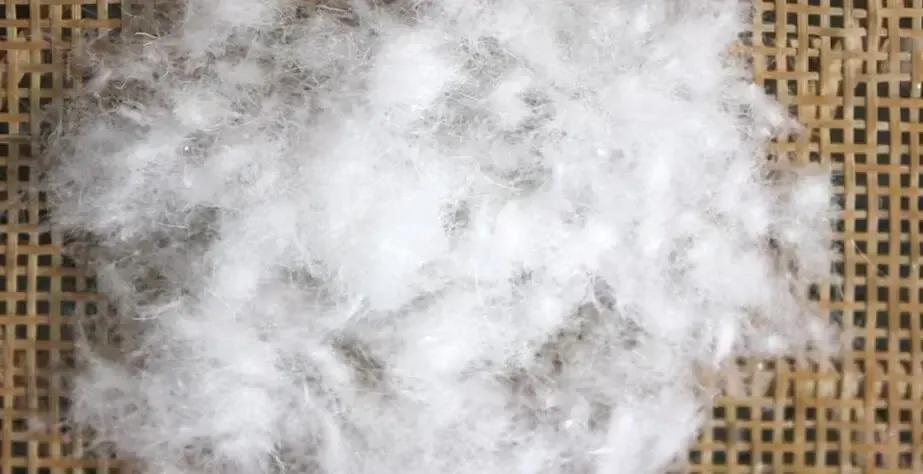
Absolutely, stuffing type significantly affects manufacturing cost, impacting wholesale and retail pricing.
Economic Factors in Plush Toy Stuffing
- Cost Variations: Polyester fiberfill is inexpensive and widely available, keeping costs low. Natural and recycled materials often cost more due to sourcing and processing.
- Bulk Purchasing: Large manufacturers benefit from economies of scale for synthetic stuffing, while smaller producers may face higher per-unit costs for eco-friendly fillers.
- Market Positioning: Premium plush toys often justify higher prices by using organic or recycled stuffing, targeting environmentally conscious consumers.
- Logistics: Heavier or bulkier stuffing materials increase shipping costs, influencing overall product pricing.
- Production Efficiency: Some stuffing types require specialized machinery or slower processes, adding labor costs.
A cost analysis showed polyester fiberfill costs approximately $1.50 per pound, whereas organic cotton stuffing may range from $4.00 to $6.00 per pound, influencing final product pricing strategies.
| Economic Factor | Description |
|---|---|
| Cost Variations | Polyester fiberfill is low-cost; natural and recycled stuffing often cost more |
| Bulk Purchasing | Large manufacturers get better prices for synthetic stuffing; small producers pay more for eco-friendly fillers |
| Market Positioning | Premium toys use organic/recycled stuffing to justify higher prices |
| Logistics | Heavier/bulkier stuffing increases shipping costs, affecting pricing |
| Production Efficiency | Some stuffing requires specialized machinery or slower processes, raising labor costs |
| Cost Example | Polyester fiberfill ~$1.50/lb; organic cotton stuffing $4.00–$6.00/lb |
6. How Can Manufacturers Ensure Quality Control and Consistency in Plush Toy Stuffing?
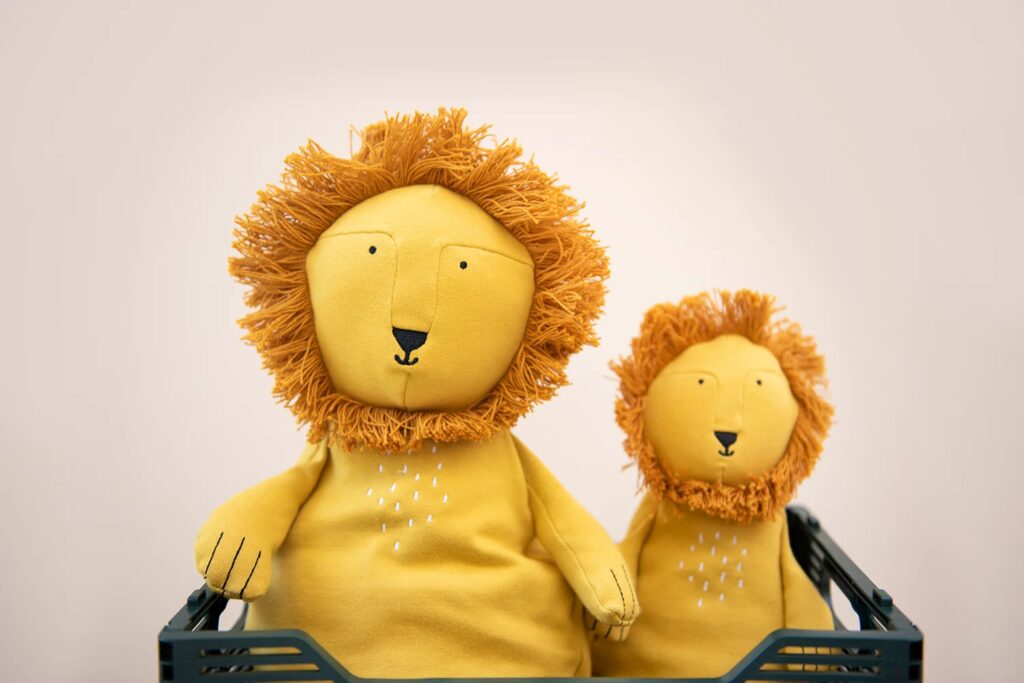
Quality control involves standardized stuffing application, testing for safety and performance, and continuous process monitoring to ensure plush toy consistency.
Best Practices for Plush Toy Stuffing Quality
- Standardized Filling Processes: Automated stuffing machines provide consistent density and weight across production runs.
- Testing Protocols: Regular checks on stuffing material properties such as fiber length, fill weight, and moisture content help maintain quality.
- Safety Inspections: Ensuring stuffing meets toxicity and flammability standards through lab testing reduces risks.
- Employee Training: Skilled operators ensure stuffing is applied evenly and securely to avoid lumps or gaps.
- Customer Feedback Loop: Monitoring returns or complaints related to stuffing issues informs ongoing improvements.
Integrating quality control at every stage—from raw material inspection to finished product testing—helps manufacturers uphold brand reputation and comply with regulations.
| Quality Control Aspect | Description |
|---|---|
| Standardized Filling Process | Automated machines ensure consistent stuffing density and weight across batches |
| Testing Protocols | Regular checks on fiber length, fill weight, moisture content to maintain stuffing quality |
| Safety Inspections | Lab testing to confirm compliance with toxicity and flammability standards |
| Employee Training | Skilled operators apply stuffing evenly and securely to avoid lumps or gaps |
| Customer Feedback Loop | Monitoring returns and complaints related to stuffing helps improve quality continuously |
| Overall Insight | End-to-end quality control preserves brand reputation and ensures regulatory compliance |
Ready to Elevate Your Plush Toy Line?
Choosing the right stuffing material is crucial for plush toy success—from delighting customers with softness and durability to meeting safety and environmental standards. At Kinwin Plush Toys Factory, we specialize in custom plush toy production using top-tier stuffing materials tailored to your unique needs. Whether you want cost-effective polyester fiberfill or cutting-edge sustainable fills, our expert team ensures superior quality and competitive pricing.
Contact Kinwin today to discuss your plush toy project and get a personalized quote. Let us help bring your plush creations to life with premium stuffing that truly makes a difference!




